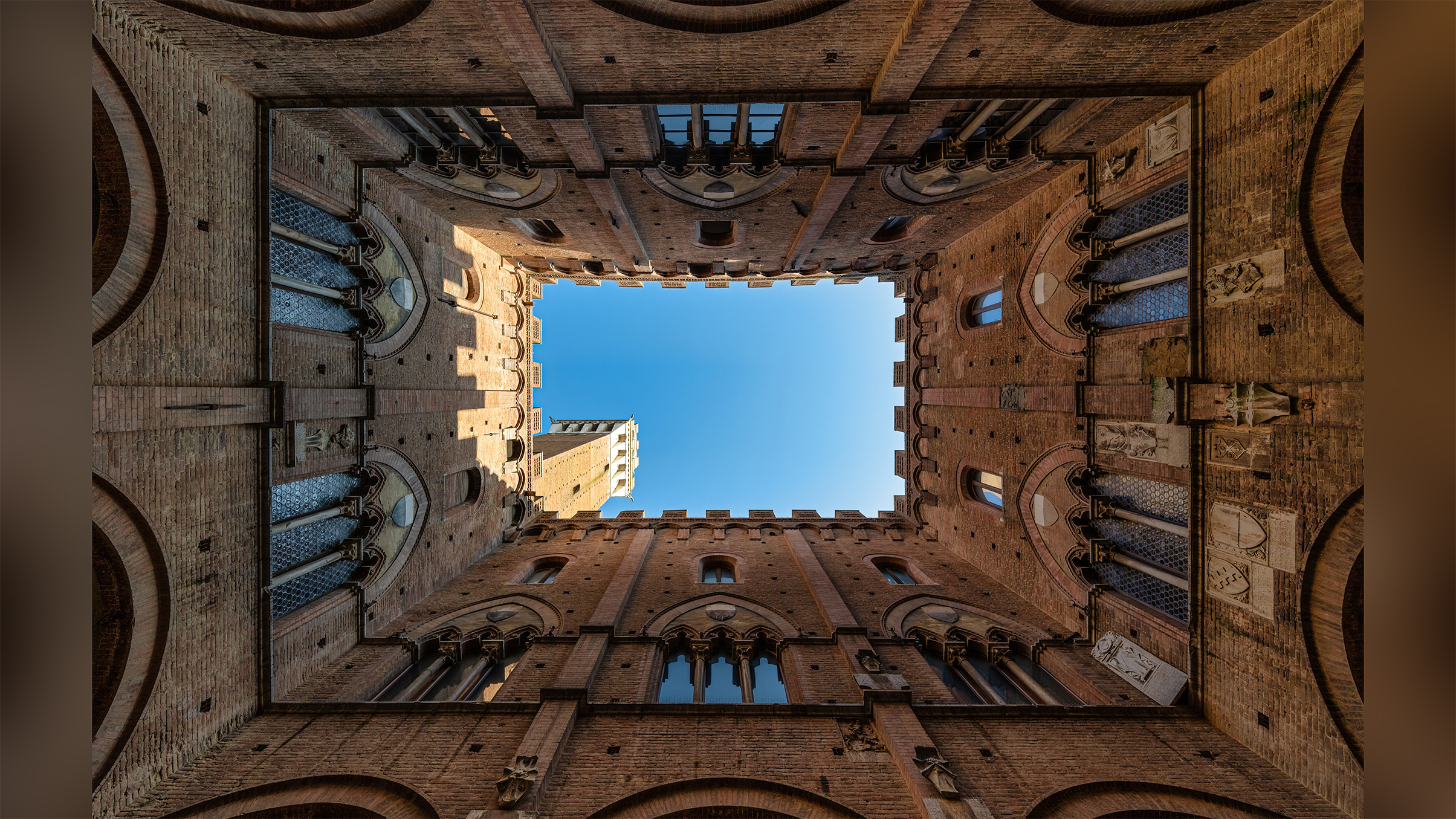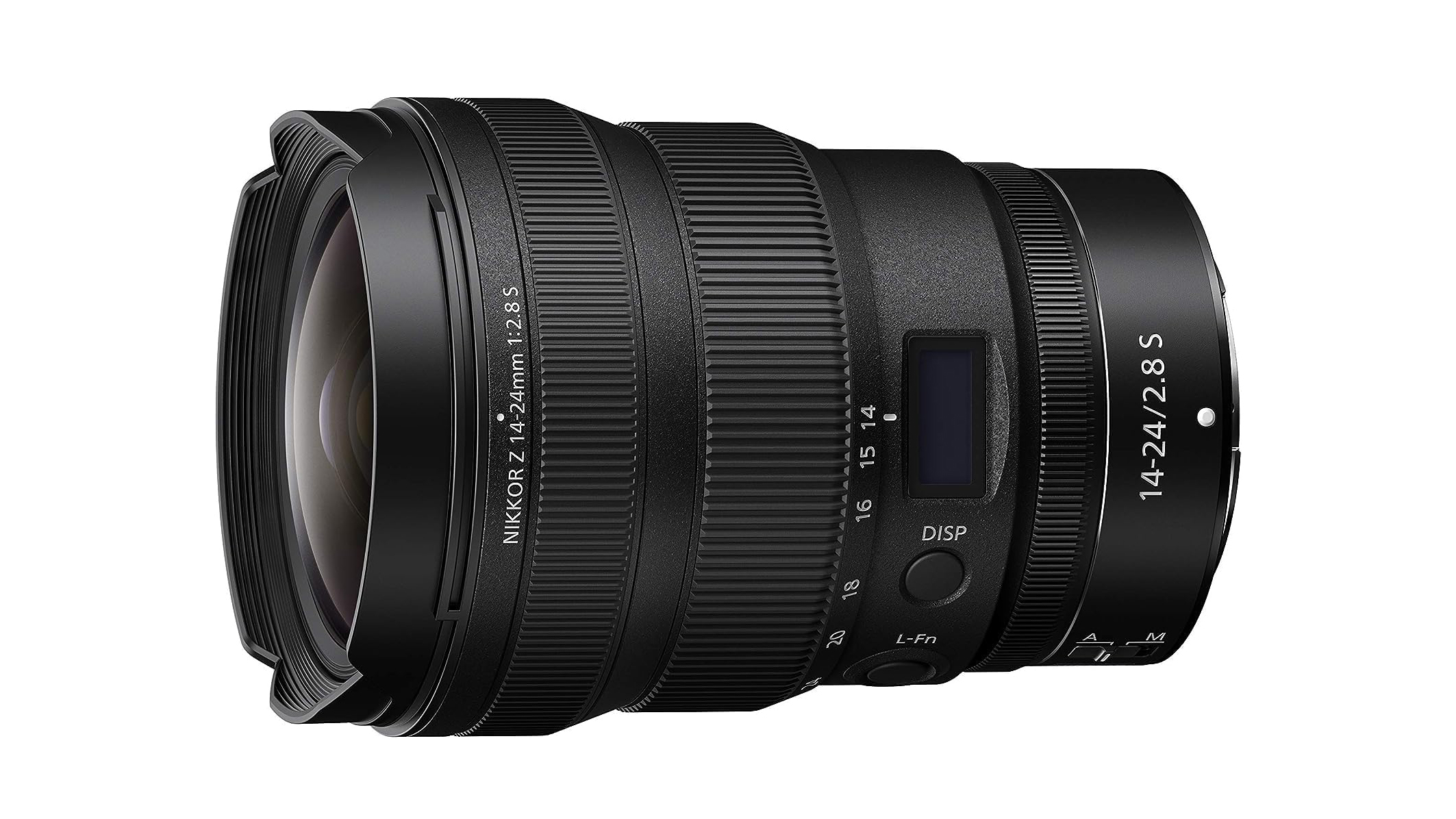
Sebastien Lebrun is a master of architecture photography and is passionate about getting the scene right in-camera.
I had the pleasure of interviewing him about his work and analyzing his image 'Italien frame'. We discussed the techniques he used to capture the photo and why it works..
1. Extreme perspective
"In the city of Siena in Italy, you can’t miss the Torre del Mangia. However, at nearly 90m tall, it’s a challenge to photograph the tower without minimizing the medieval architecture. I was looking for a unique view instead of the typical shot from the nearby Piazza del Campo."
While wandering around the building, Sebastien discovered a small courtyard and opted to use this angle. "The challenge was to balance the disparity in brightness between the sky and the shaded buildings," he says. "Ideally, I would have used the exposure bracketing technique, but my shooting position didn’t allow it. So, I focused on exposing the buildings while ensuring the sky wasn’t overexposed."
2. Frame in a frame
"I composed the image intending to visualize a total immersion and to direct the viewer’s gaze upwards," says Sebastien. By choosing this composition, he created several successions of frames, leading the viewer’s attention from the architectural structures all the way up to the top of the tower.
"Usually, the frame within a frame helps direct the eye, but here, I also wanted to highlight the structure. It is possible to discover the stone and architecture of the stained glass windows as well as the arches," he says.
3. Continuous symmetry
"Using an ultra-wide-angle lens (14mm) was essential here so that I could include every element of the tower in my composition. I also had to find the necessary perspective to showcase the architecture’s symmetry," Sebastien says. To do this, he had to lie on his back in the courtyard to include everything in the frame.
"I had to be patient to obtain a shot without too much distortion while meeting the characteristics of an architectural photo," he says. "I did some slight cropping in post-processing, but I prefer to take my time when I’m in the field and get the best possible image in-camera."
4. Deviating elements
The meticulous symmetry and the composed nature of the frame may lead some to presume that the image has been AI-generated. However, there are some discernible indicators that attest to the authenticity of the scene. On the left, the sun slightly interrupts the symmetric pattern in brightness, creating an interesting element.
"I went out early in the morning because I wanted the low sun to capture the cutout of the battlements, effectively breaking the monotony of the Gothic architecture. Also, the blue sky counterbalances the foreground darkness and offers an escape," Sebastien says.
Tech details

Camera: Nikon Z6
Lens: Nikkor Z 14-24mm f/2.8
Aperture: f/5.6
Shutter speed: 1/160 sec
ISO: 100
Others in the Why Shots Work series
- Urban street photographer reveals his candid capture secrets
- Photographer tells story of getting up close and personal with a python
- Discover four key elements that make this stunning photo a success
- The 4 photographic decisions that take this motorsport shot to the next level
- Photographer tells story of his amazing shot of wallabies fighting on the beach







